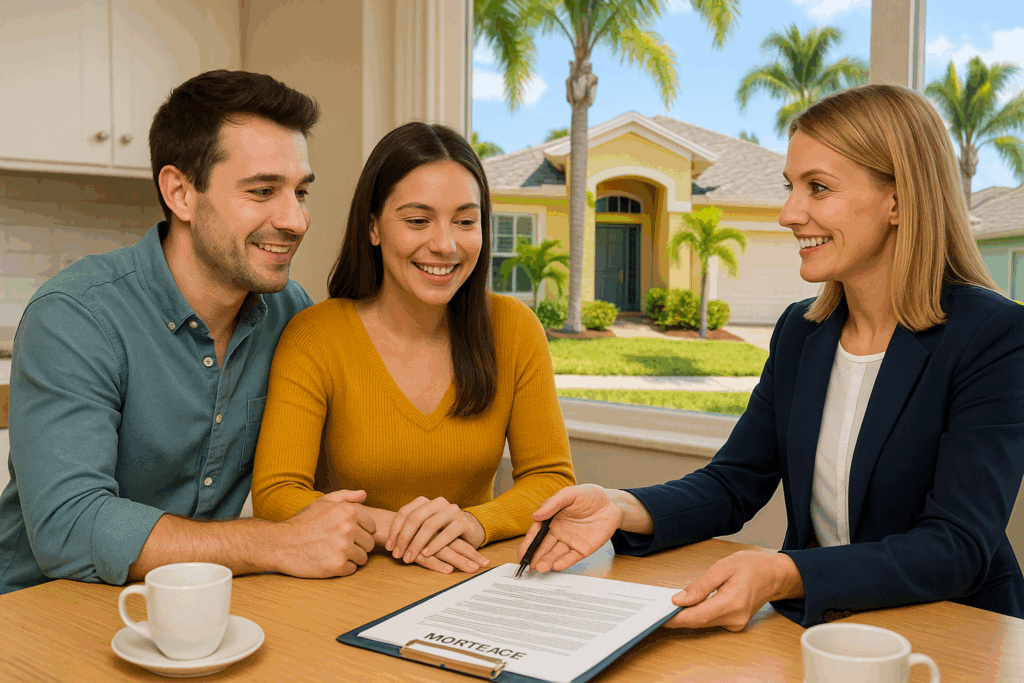Interior real estate photography allows a house to be seen in its condition and opens up opportunities that will reveal them to its future potential buyers or tenants. Interior photos taken excellently will enhance listings and increase the likelihood that potential buyers or tenants will take a look around and sell out faster. Using Professionals like Pixelshouter, a professional real estate photo editor, can significantly improve your images, making them more appealing and market-ready
Why Interior Real Estate Photography Matters?
First, when people are looking to buy or rent a property, they first see the online listings. In today’s world, digital marketing is essential, and if inside photos are of high quality, that’s sure to grab potential clients’ attention. Studies indicate that houses with photographs sell quickly and for more money. Here’s why:
Visual Appealing: The human brain processes images 60,000 times faster than words. Providing good quality photos quickly will show the features and beauty of a property so that the potential buyer can picture living there.
Web Presence: The majority of buyers begin their search online. Low-quality or dark photos tend to be overlooked, whereas bright, clear, well-arranged photos get attention more.
Emotional Connection: Good interior photos help make an emotional connection. A well-taken photo can make the space feel inviting, warm, and appealing, thus making a viewer want to set up a showing or even make an offer.
Significant Elements of Inside Real Estate Photography
When taking indoor shots, there are a few things that photographers need to remember to show the area clearly. The following are the main things to pay attention to:
1. Lumineer
Lighting is a crucial aspect of real estate photography. A room looks open and big with good lighting, while a lousy lighting condition makes the otherwise lovely room look dark and unwelcoming.
Natural Light: Whenever possible, use natural light. Open blinds and curtains to let as much daylight in as possible. Natural light brings the room a warm, welcoming feel and helps colours look more vibrant.
Use artificial lighting: if natural light is not sufficient. Ensure that the room is well-lit by increasing the brightness of the lamps and having lights installed in the ceiling.
Avoid Harsh Shadows: Harsh shadows can detract from your shot. Avoid shooting in direct sunlight, especially when shooting a room with a tremendous sunny window. In the case of daytime shots indoors, ensure that the light hits the room evenly.
Consider Light Temperature: Combinations of varying light sources with different colours can result in unusual-looking photos. It’s pretty much a good practice to use a white balance setting on the camera that matches the condition of the light in the room, and the colours in the image look normal.
2. Factors and Levels
Good composition is essential for a deep perception of a property’s space and layout. Therefore, here are the tips for ideal composition for getting the best from your photograph:
Wide-Angle Lens: A wide-angle lens is especially crucial when shooting pictures of homes inside. One picture will allow for capturing more of the room. Therefore, the space makes much better sense to be bigger and more inviting. A wide-angle lens is handy for photographing smaller rooms so they do not look too small or odd.
Shoot from the Corners: Try shooting photos of any room from one corner; you will see how much deeper it makes the photo and provides a better view of the space. Only shoot directly from the centre of the room if it’s a unique feature you wish to draw people’s attention to.
Highlight Key Features: Always try to show the best parts of the room, like a big living room, a nice kitchen, or a comfy reading corner. Focus on what makes the space unique and attractive. For example, if there’s a lovely fireplace or tall ceilings, ensure these features are easy to see in the pictures.
Avoid Clutter: A dirty and messy room shrinks the space and will also not look attractive. Always clean up the space before taking pictures. A neat room will appear larger and more inviting to potential buyers who can envision living there.
Use vertical and horizontal lines: Consider the vertical and horizontal lines in the room. Ensure that these lines are straight in the photo, as curvaceous lines tend to deprofessionalize a photo. This is very important while taking pictures of walls, windows, and doors.
3. Staging the Property

Staging is essential for any house photography. Staging in photography will help buyers envision how they can use the space. Proper placement of furniture, accessories, and other decoration elements creates an inviting atmosphere and aesthetic appeal to the space.
Keep It Simple: Less is often more when preparing a property. Avoid overstuffing the space with too many pieces of furniture or decorations. Focus on the key pieces that add and enhance how the room looks. Add touches of personality: It can be something as mundane as fresh flowers in a dust-glass vase, a throw pillow when guests sit there, or tidy bookshelves when people read. Just don’t overdo it so that it starts to distract the eye.
Focus on Size and Usage: Adjacent furniture should enable the size and flow of the room to be shown off. It should also facilitate movement around it and expose the best parts of the space.
4. Editing and Post-Processing
After shooting your pictures, one should edit them afterward. Editing enhances the quality of your photos or even corrects minor problems like overexposure and white balance. Some common edits include:
Exposure: It may make the picture brighter or darker by changing the exposure. If shooting interior photography, you need to lighten up the shadows or reduce the brightness of windows to balance the light.
White Balance: Changes white balance to achieve the natural and accurate colours in the picture.
Contrast and Sharpness: High contrast would bring out the room’s details, whereas sharpness would give a view using a photog.
Removing Flaws: Using an editing program such as Adobe Lightroom or Photoshop, you can remove anything distracting or flawed in the picture-e.g., electrical outlets or stains on the carpet. 5. Remember the outside.
Inside pictures are essential, but do include outside pictures as well. Outside pictures serve the buyer’s interest, much like inside pictures. An excellent inside picture doesn’t need to be next to an outside one; that could enhance the listing even further.
When snapping the outsides, the property should be photographed in the golden hour, like when taking it right before the sun rises or just before sunset, which is usually the best natural light for outside photos. Such times produce a soft, warm shine on the property.









